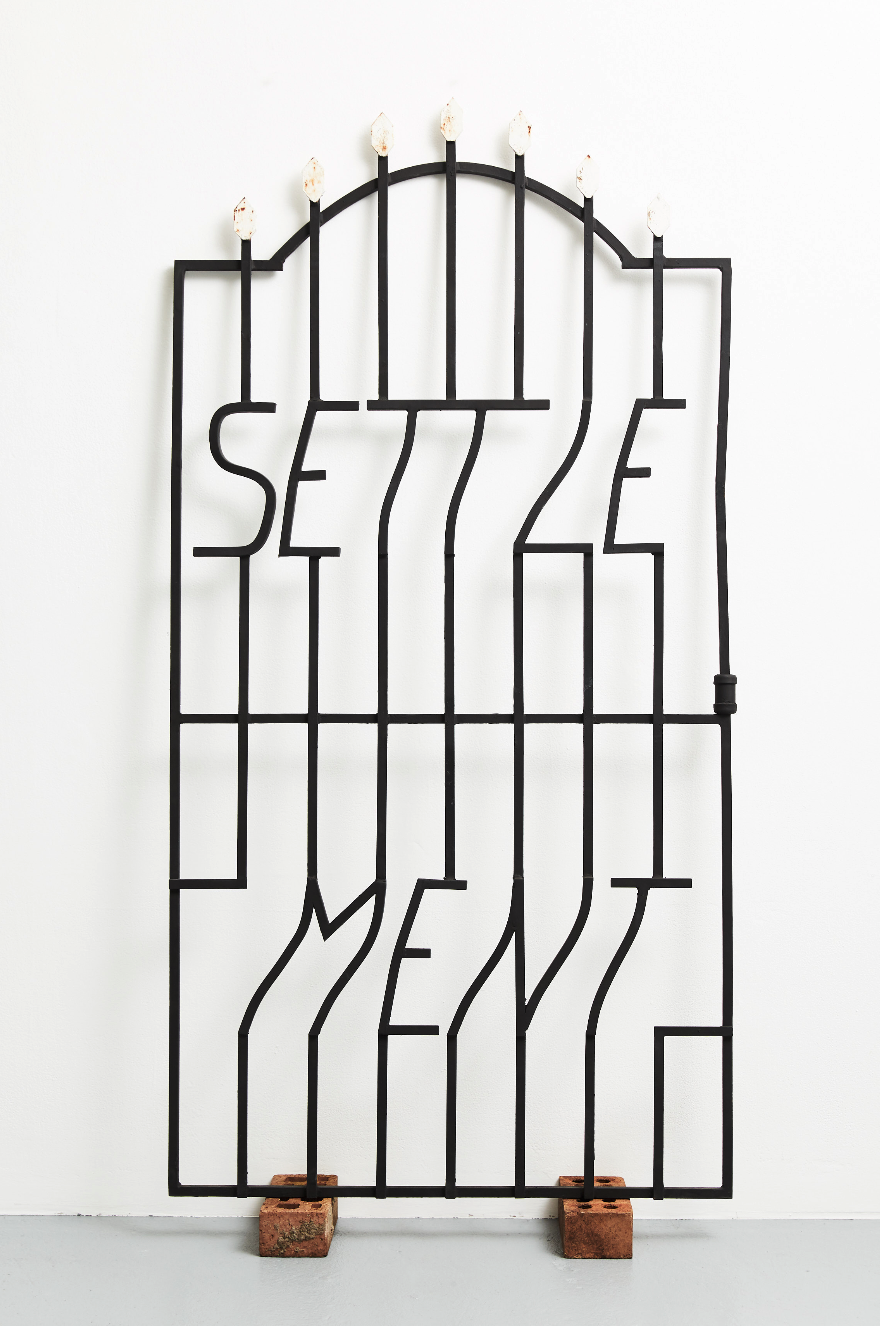 Elvis Richardson, Settlement, 2018
Elvis Richardson, Settlement, 2018Courtesy of the artist
For more than two decades, Elvis Richardson’s art practice has examined the idea of home as a site riddled with anxiety and unrest. Stemming from a personal narrative of being an adopted person, Richardson uses the process of collecting to reclaim and rewrite the displaced memories contained in found images. Through the obsessive collecting, Richardson demonstrates how the debris of everyday life acts as mnemonic devices as much as they are easily emptied of memory through their recontextualisation.
These ideas underpin Settlement, an ongoing body of work examining the domestic sphere and comprising found photographs along with sculpture and installation. Over the last 12 years, Richardson has sourced images of domestic property interiors from online real estate listings. She searches these sites against a criteria affordable on her artist’s income – a dream of home ownership performed as a conceptual art project. The results are a motley array of interiors from properties at the bottom end of the market. Often located in regional areas or houses in states of disrepair, they are united by a designation of value that translates into class and taste imperatives. In posting them regularly to Instagram, it becomes apparent how their visual language is formed through accumulation and repetition.
Other iterations of Settlement – exhibited at Galerie pompom in Sydney in 2019 with newer works due for an outing at Hugo Michell Gallery in November 2020 – continue these thematic preoccupations. A 2018 sculpture from Richardson’s pompom show Time Frames takes the form of a wrought iron gate and combines the syllables of the work’s title broken into two lines in caps lock lettering. Reduced to a poetic fragment, the word merges with the formal arrangement of the brown striped iron posts. Propped on two house bricks, Richardson’s gate is severed from the suburb and repositioned leaning against a white gallery wall. This gesture cleverly conveys her ideas through the connotations of a gate as a liminal threshold, serving as an entrance and an exit, both open and closed – a boundary erected for containment and protection. But also an unlikely source of beauty, where the quotidian is transformed into art.
An evocative word, “settlement” takes on multiple meanings for Richardson. It refers to how things sit on the earth and settle, a contractual property exchange, and the idea of what we “settle for” in life. Further complexities arise when we consider notions of settlement and land ownership in the context of a colonised country where the land was stolen from the First Peoples. The very idea of settlement, therefore, is loaded with political undercurrents.
Having “settled” for a life as an artist, Richardson is aware that home ownership may continue to be elusive and unattainable. Working from her home studio during a pandemic as life in lockdown blurs the boundaries between home and work, private and public, the personal and the professional, Richardson’s work attains renewed relevance and poignancy against the unsettling backdrop of life in the present.
'Pull Focus' profile for Art Collector
Published by Art Collector, issue 94 in 2020.